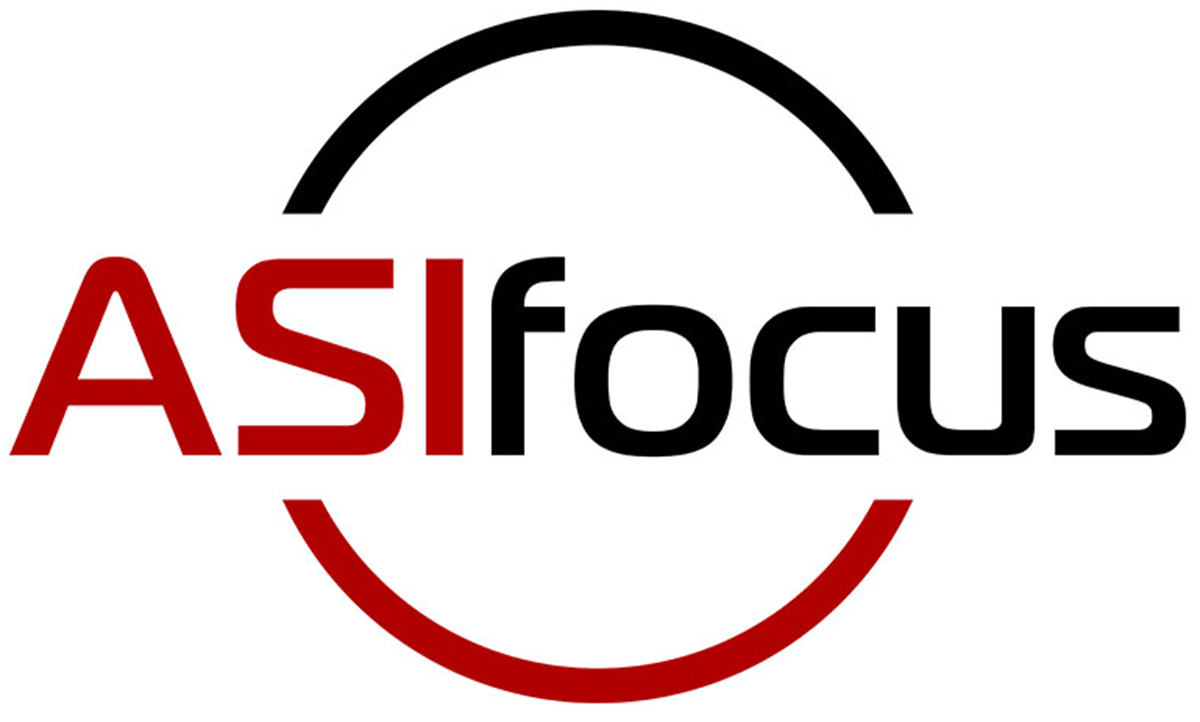Perhaps one of the most famous stories of an accountant and his ghosts and zombies is that of Ebenezer Scrooge in A Christmas Carol. Ghost and zombie assets are real, though. While these two terrors can certainly haunt your accounting department, a little help from fixed asset accounting software can locate and properly account for these spooks, especially at year-end.
Haunted by Missing Assets
Akin to the four ghosts who visited Scrooge on Christmas Eve, ghost assets are those that show up on the balance sheet but can’t be physically located anywhere within the business. They’re “haunting” your balance sheet with their incorporeal presence. Zombies show up like Marley: They have a physical presence but aren’t accounted for on the balance sheet.
Typically, ghosts and zombies are caused by mistakes accounting for fixed assets. Those mistakes carry a frightening price tag. The financial implications of missing assets or not accounting for fixed assets can be grim: Ghost assets can lead to false decreases in tax liability, possibly opening your company up to compliance standard violations. Zombie assets, on the other hand, can fool companies into overpaying for property taxes and insurance.
Many companies track fixed assets using pen and paper or spreadsheets, but both methods have significant drawbacks and can lead to ghosts and zombies. Using fixed asset accounting software can make both errors a thing of the past.
Prevent Costly Errors With Fixed Asset Accounting Software
Fixed asset accounting software such as Sage Fixed Assets 2021 provides a fixed asset depreciation for financial and accounting reporting. With this software in place, you can use several techniques to prevent costly accounting errors related to fixed assets.
- Accurate inventory of fixed assets: It can be time-consuming to take an accurate inventory of your organization’s fixed assets, especially if you have multiple locations. Fixed asset accounting software offers built-in quality and accuracy checks to help ensure the fixed asset counts are done correctly. All team members can access fixed asset counts through Sage and use the data as needed for accurate, timely reports.
- Asset tagging: Tagging fixed assets with a unique bar code solves several problems. First, it makes it easier to log fixed assets into inventory. Swipe, scan, and your system is updated. But there’s an even more important reason to use unique asset tagging for fixed asset inventory: If your company owns several nearly identical items, using tags on fixed assets ensures the correct ones are logged into inventory, sent for repairs or maintenance, or retired from service and disposed of properly.
- Correct depreciation of fixed assets: Fixed assets accounting software can also provide accurate and correct depreciation. Track disposals, materials, labor, location, transfers, and other information vital to accurate accounting. Best of all, tracking can be automated, which is a huge time-saver for the accounting department. The information in Sage Fixed Assets flows seamlessly into Sage ERP and provides information and reports with higher accuracy than scratch counts or spreadsheet tallies of fixed assets. All teams involved—from finance and accounting to other departments—can view and check depreciation schedules for equipment aging data and other information necessary to their tasks.
Fixed asset accounting software offers other benefits, too, such as workflow integration and project management.
With Sage Fixed Assets in place, banish ghosts and zombies back to the storybooks where they belong.
Banish the Ghosts of Assets Past With Help From ASI
Sage Fixed Assets accounting software can help everyone—not just the Scrooges—banish ghosts and zombies, and access better information. Year-end financial reporting will be easier (and accurate). Capital budgeting and improvement projects can be managed with ease. Businesses love Sage Fixed Assets for managing valuable equipment and assets, and it’s available this season to bless us, every one. Ready to set up a happier ending? Don’t be a Scrooge: Talk to a Sage expert at ASI today.

